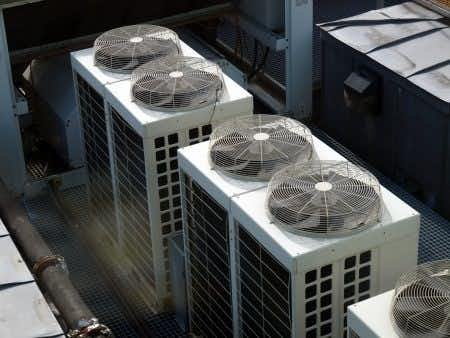This case involves a young family that had moved into a recently renovated home in Southern California. The roof had been replaced, and the water heater and HVAC system had been upgraded substantially. Shortly after the family moved into the home, however, they began to experience symptoms including headaches, dizziness, and poor coordination. Less than a week after moving in, one of the family’s children was found dead in his bedroom. An autopsy determined that the cause of death had been carbon monoxide poisoning. An inspection of the home revealed that the main vent for the water heater had been improperly installed on the roof of the house, and had allowed dangerous gases to accumulate in the home.
Question(s) For Expert Witness
1. Please briefly describe your experience with ventilation that would prevent such an incident.
2. Are you able to opine on CO exposure in relation to the lack of ventilation?
Expert Witness Response E-139318
There are testing meters that are used to prove a minimum draft at the water heater used by HVAC contractors. This is measurement is in negative inches of water column. If it was overheating they should have tested the negative draft pressure at the vent immediately and verify a proper installation with the venting. There is a thermostat in a water heater. I don't see how it could overheat because of a clogged vent. It should automatically shut off when the water reaches the desired temperature regardless of the venting being clogged or not. That is what a thermostat should do. If the gas pressure is not correct at the water heater regulator over firing of the burner can be the result and also a CO issue. There is a minimum height and vent diameter requirement for venting above the roof line for a chimney of this nature as stated by HVAC building codes governing gas combustion appliances like a water heater, forced air furnace, boiler etc. to minimize back venting of poisonous gas from a water heater or natural draft furnace. If the water heater was at fault, the carbon monoxide from its vent would have to be distributed to the occupant living area by the forced air furnace (unless they are sleeping in the same room with the water heater). If the water heater is located in a bedroom this is a code violation as the concentration of poisonous gas would be greater in that room. Does the furnace have a crack in the heat exchanger? This could also be a contributor.
About the author
Joseph O'Neill
Joe has extensive experience in online journalism and technical writing across a range of legal topics, including personal injury, meidcal malpractice, mass torts, consumer litigation, commercial litigation, and more. Joe spent close to six years working at Expert Institute, finishing up his role here as Director of Marketing. He has considerable knowledge across an array of legal topics pertaining to expert witnesses. Currently, Joe servces as Owner and Demand Generation Consultant at LightSail Consulting.



